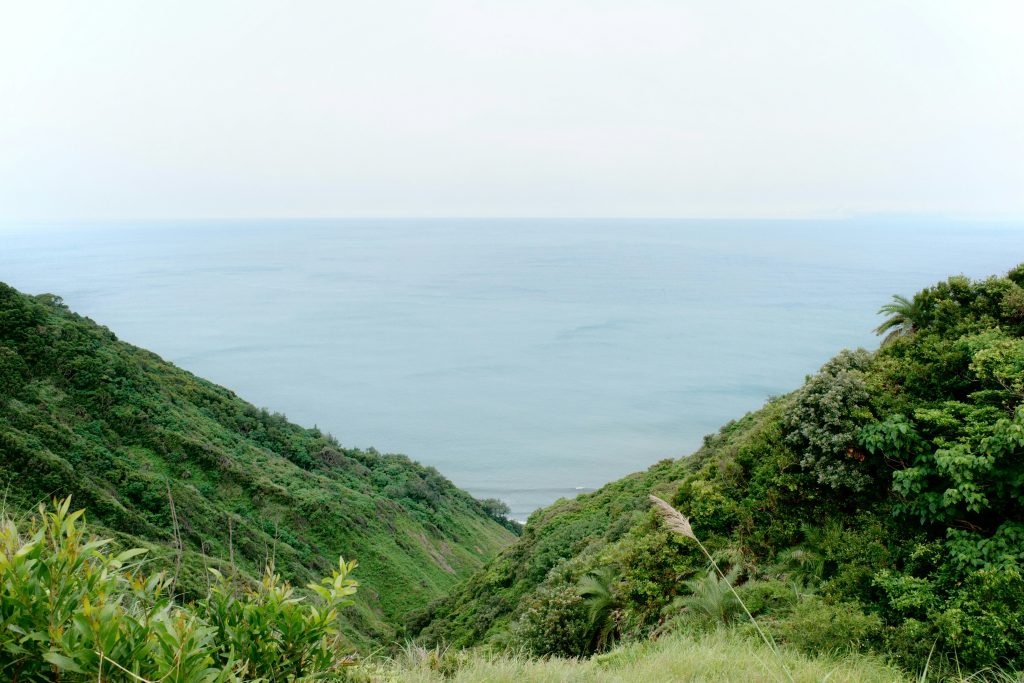“The Luzon Strait should not just be a dividing line. It should be a bridge.”
By Eryk Michael Smith, The Kaohsiung Times
KAOHSIUNG, Taiwan — In a recent op-ed in the Manila Bulletin, business columnist J. Albert Gamboa argued that Kaohsiung and Ilocos Norte have the geography, resources, and policy channels to become real partners. The Luzon Strait separates them by only 250 kilometers. Flights between Kaohsiung and Laoag take less than an hour. Shipping lanes and undersea data cables already link the two sides.
“Boosting economic links between Kaohsiung and Ilocos Norte is a matter of both geography and policy,” Gamboa wrote. “They have complementary strengths that could lead to a dynamic trade partnership if properly harnessed.”
Complementary Strengths
Kaohsiung offers the port, logistics infrastructure, and advanced manufacturing base. Ilocos Norte provides fertile agricultural land, rich fisheries, and an expanding tourism sector. “Together they could build something much bigger,” Gamboa said.
Existing Channels
Formal ties between the Philippines and Taiwan were cut in 1975 when Manila recognized Beijing. But both sides kept channels open. The Manila Economic and Cultural Office (MECO) operates in Taipei and Kaohsiung. The Taipei Economic and Cultural Office (TECO) is based in Manila.
Gamboa believes these offices must do more. “With their existing networks, all that MECO and TECO need is a targeted and sustained program, ideally backed by the economic planning agencies of both governments,” he wrote.
Lessons From Fujian
Gamboa pointed to Fujian Province in China as a model. Fujian hosts annual cross-strait trade fairs that attract thousands of Taiwanese companies. It has created industrial cooperation zones with preferential tariffs and streamlined customs. In 2023, Fujian’s trade with Taiwan reached 14 billion US dollars. That figure is nearly double the value of trade between the Philippines and Taiwan in the same year.
“Fujian created special zones, preferential tariffs, and simplified customs,” Gamboa wrote. “It shows that proximity alone is not enough. Policy support makes the difference.”
Practical Next Steps
Gamboa outlined specific measures. These include business-matching missions between the Kaohsiung Chamber of Industry and the Ilocos Norte Chamber of Commerce. Ilocos Norte could create agro-industrial zones with investment incentives. Kaohsiung could offer training programs in food safety, aquaculture, and logistics for Filipino entrepreneurs.
“This does not need to wait for political breakthroughs,” Gamboa said. “It is about practical steps. Investment promotion, technology transfer, and education exchanges.”
Beyond Symbolism
Gamboa also criticized MECO and TECO for focusing on ceremonial roles instead of measurable outcomes. “If they reposition themselves as trade accelerators, not just de facto embassies, results will follow,” he wrote.
Tourism remains another area of untapped potential. Kaohsiung International Airport is less than an hour from Laoag. “We are neighbors. The question is whether we act like it,” Gamboa said.
Bigger Stakes
The implications extend beyond economics. “Taiwan needs stable partners for food and labor. The Philippines needs technology and capital. That equation is too strong to ignore,” Gamboa wrote.
If MECO and TECO shift from protocol to purpose, Gamboa argues that bilateral trade could double within a decade. “The Luzon Strait should not just be a dividing line,” he concluded. “It should be a bridge.”



